What is anandamide?
It is a chemical often referred to by the term "bliss molecule" because its name, ananda, originates from Sanskrit, and means happiness or bliss. Its full chemical name is: N-arachidonoylethanolamine. It belongs to a group of substances in the body called fatty acid amides, which are part of the human body’s own endogenous (endo, meaning “inside”) cannabinoid system. This is opposed to exogenous cannabinoids
(exo meaning “outside”) such as THC, CBD etc. that are consumed.
Indeed, the chemical structure of anandamide is very similar to that of THC. One could almost say they were cousins, with THC as the exogenous external cannabinoid and anandamide as the internal “endogenous” one.
Anandamide interacts with both CB2 and CB1 receptors; this means that it triggers something in both the brain as well as the central nervous system. As with THC, it is a cannabinoid that causes a distinct feeling of a “high”, as well as increasing appetite and drowsiness and relaxation. It also plays quite a significant role in many other vital functions within the human body.
Cannabinoids and the brain
It was in the 1960s that Raphael Mechoulam, a scientist and botanist from Israel, first isolated cannabinoids. On initially determining the chemical structure of CBD, he and his research team were able to isolate THC as being the key psychoactive compound found within cannabis.
This, of course, led to studies on the effects of THC on the mind and body and it is ultimately the reason science now knows of the endocannabinoid system. Following Mechoulam's important work in the field of endocannabinoids, scientists concluded that something like a cannabinoid receptor could well be found somewhere within the brain or body itself. This led to scientist Allyn Howlett, and his team at St. Louis University, finding conclusive evidence that the human body actually contains its own cannabinoid receptors, and that THC fits right into these receptors. This finding prompted the question as to why the body would have a cannabinoid receptor (that fits THC almost perfectly within it) if THC is not naturally occurring within the body itself. That is the question scientists were faced with and what ultimately led to the discovery of anandamide.
That the body produced its own natural cannabinoid was actually discovered by Raphael Mechoulam's team whilst they were conducting their initial research. However, it wasn’t until 1992 that two of that original research team - William Devane and Lumir Hanus - found the last piece of the puzzle, which they named anandamide (inspired, as mentioned earlier, by the Sanskrit word for bliss: “Ananda”). Whilst THC fits almost perfectly into the body’s cannabinoid receptor, anandamide fits absolutely perfectly into it.
The discovery of anandamide has contributed significantly to science’s understanding of cannabis and the human body. Isolating and discovering an endocannabinoid has confirmed that there is, in fact, a complete endocannabinoid system within the body. The cannabinoid receptors and naturally produced cannabinoids show that there is a complete system of cannabinoids, without the need for cannabis, which works within the human brain and body.
What does anandamide do?
There still remains much to discover about the way in which anandamide works within the body. After all, it is part of one of the most complex systems within us. It can elicit an even more potent state of happiness than many cannabis users will achieve after smoking or ingesting it. Additionally, anandamide also works in those parts of the brain that affect the sensations of pain, memory, appetite, movement and even such factors as motivation.
It also affects the reproductive system and, thus, fertility. As a neurotransmitter, it is broken down quickly within the body, which is why the uplifting effect is not long lasting. Anandamide increases neurogenesis - the formation of new neurons, or new neural connections. Because of this unique feature, scientists posit that anandamide can potentially work against anxiety and depression. Interestingly, it is also passed on to newborns through a mother's breast milk.
Anandamide, THC and CBD – How they Interact
When cannabis is ingested, the psychoactive compound THC mimics what anandamide would do. The difference is that THC survives in the body much longer than anandamide does which, as mentioned above, breaks down very quickly.
For those who produce little anandamide, the addition of THC and its stimulation of the cannabinoid receptor can create a particularly welcome effect.
Conversely, CBD interacts with the human body in a completely different way, having no psychoactive effect; rather, it has a stimulatory effect on the natural functioning of the endocannabinoid system.
It prevents the production of FAAH, which is an enzyme in the body that breaks down anandamide. This means that anandamide survives longer when CBD enters the body. It also stimulates the body to produce more of it. This creates a feeling of increased wellbeing and happiness, as well as a reduction in inflammation and pain.
Some scientists have suggested that anandamide is naturally produced within the body when a person is in a state of deep relaxation or enhanced concentration: for example, when making or listening to music, dancing, creative writing, etc. basically, any endeavor that heightens focus or relaxation. Thus, this mysterious endocannabinoid may play a part in why cannabis is so universally enjoyable to so many, irrespective of age, gender, or background.
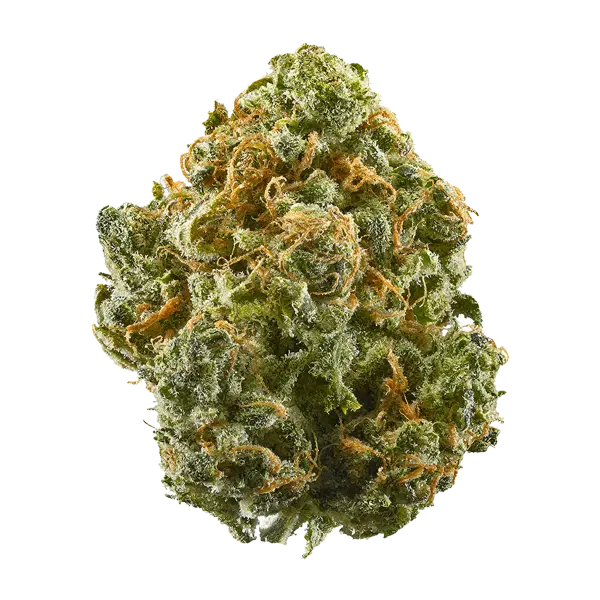
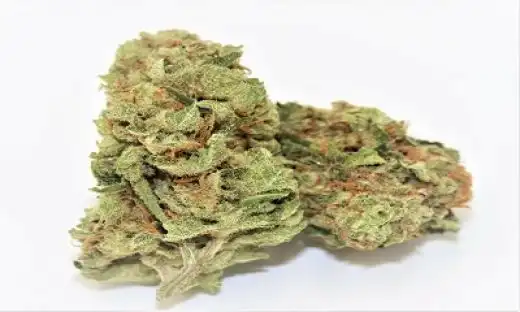

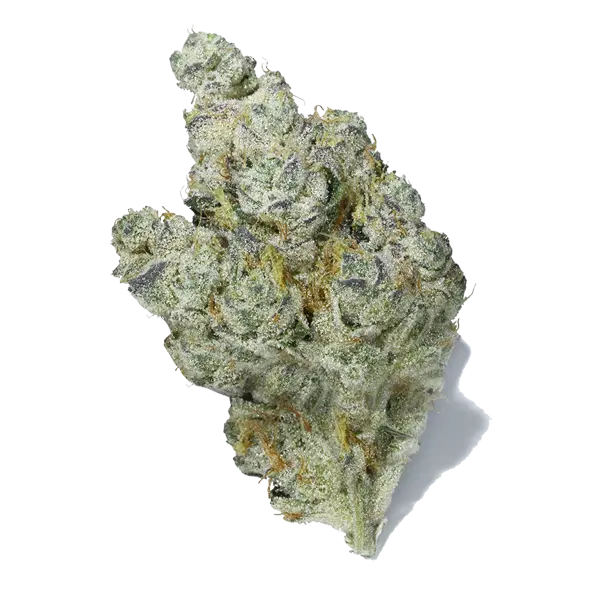
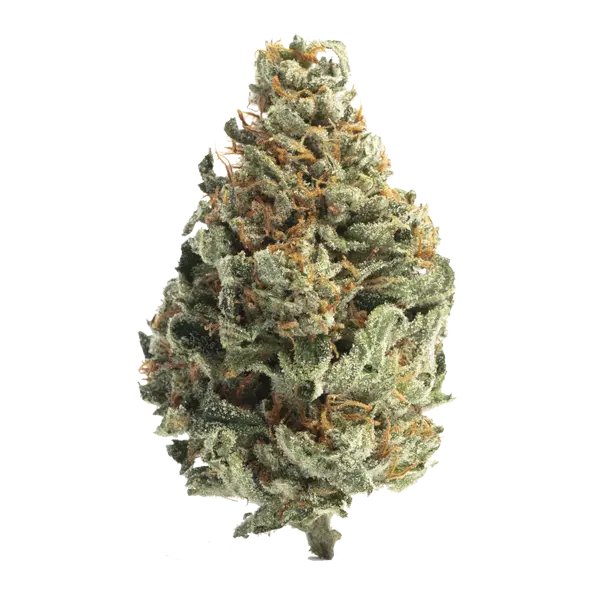
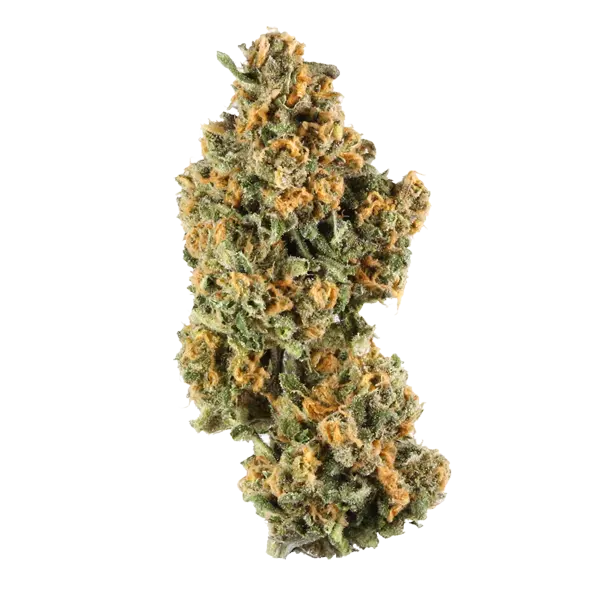
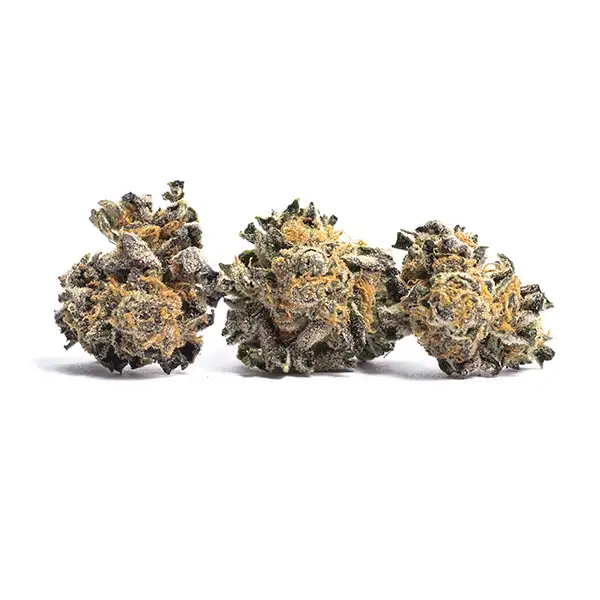
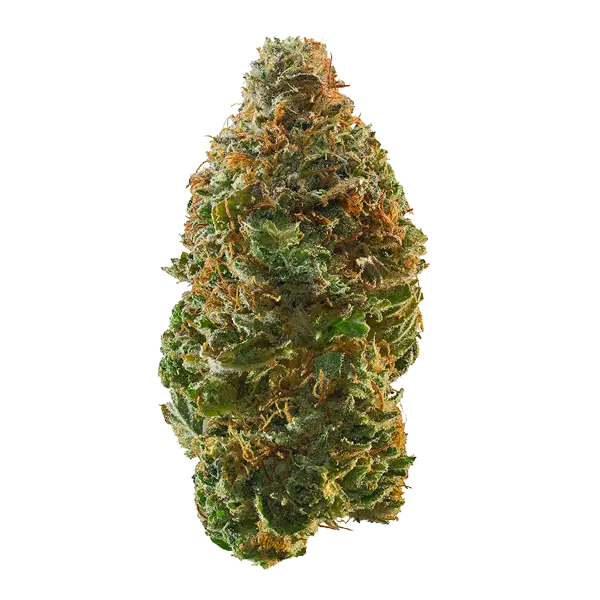
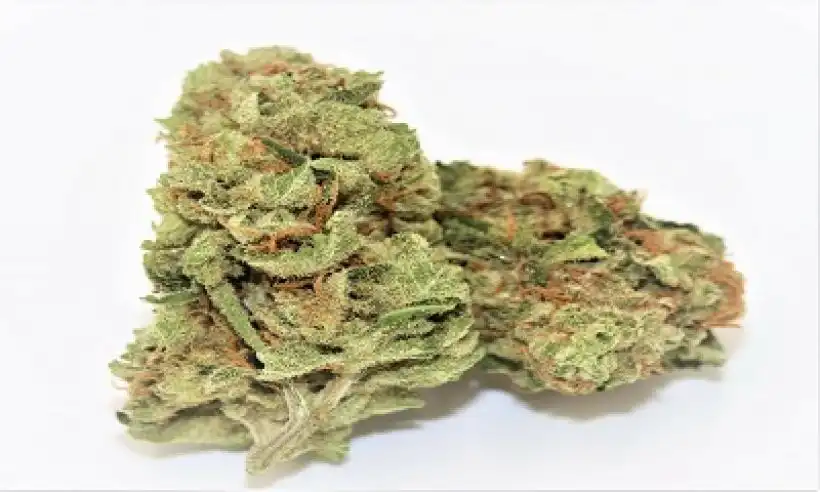
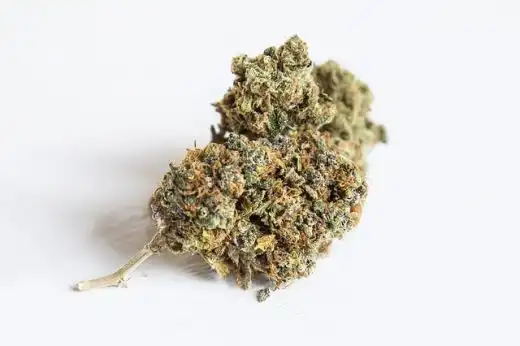
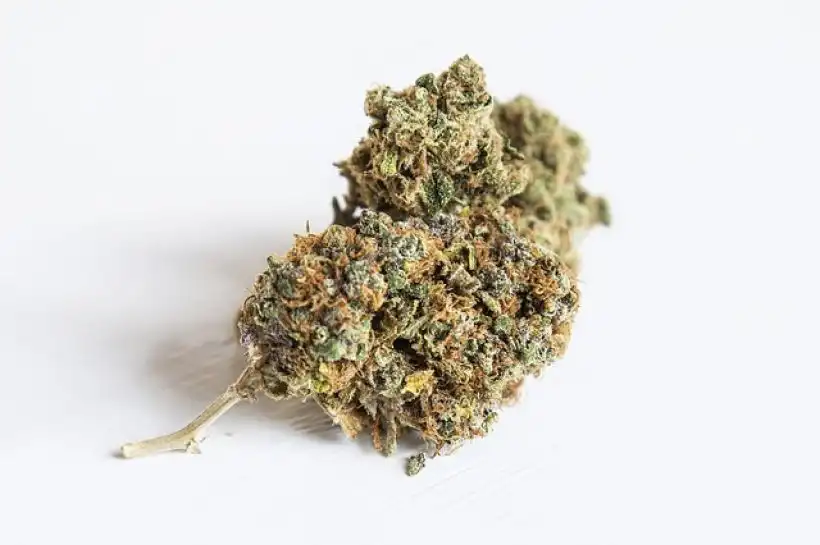

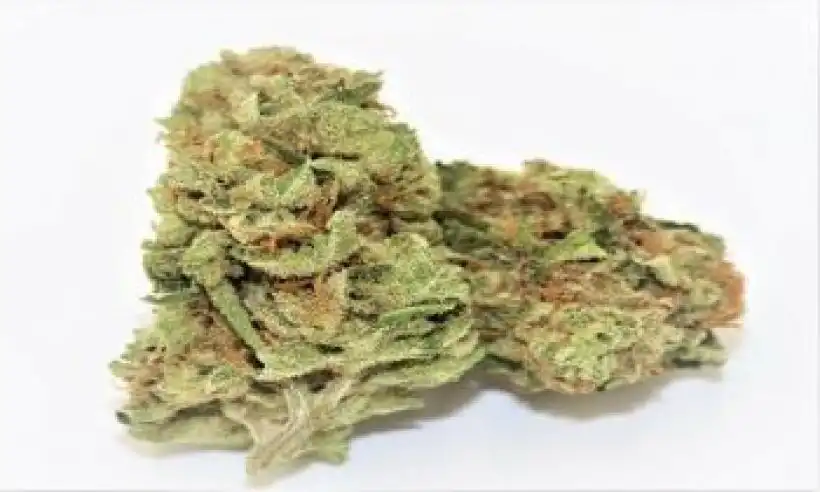
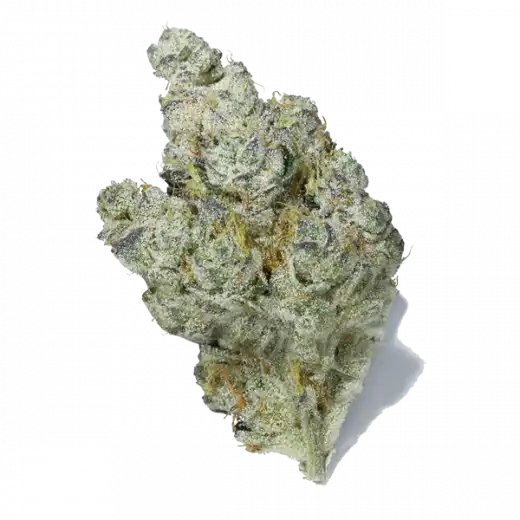

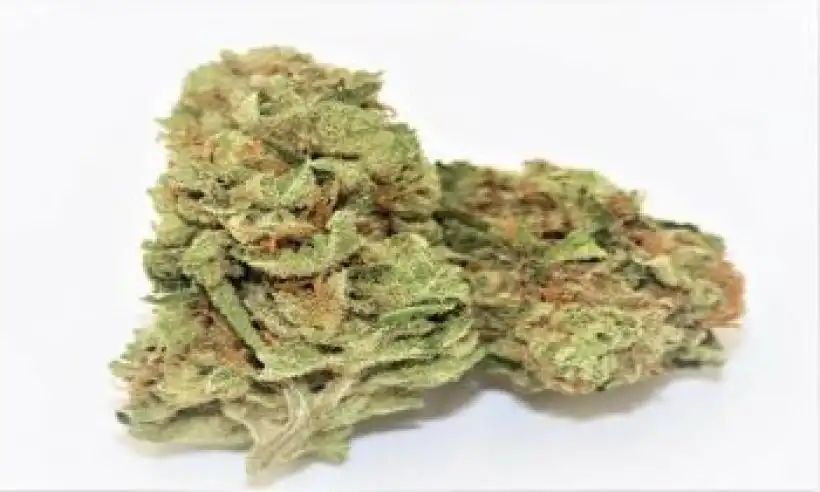
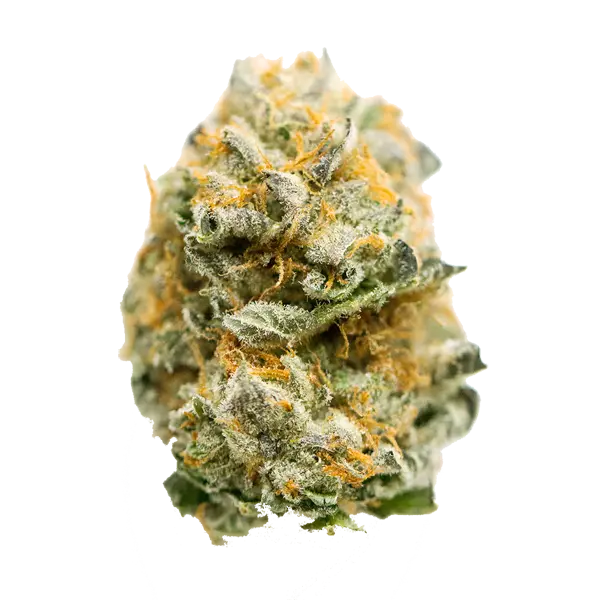
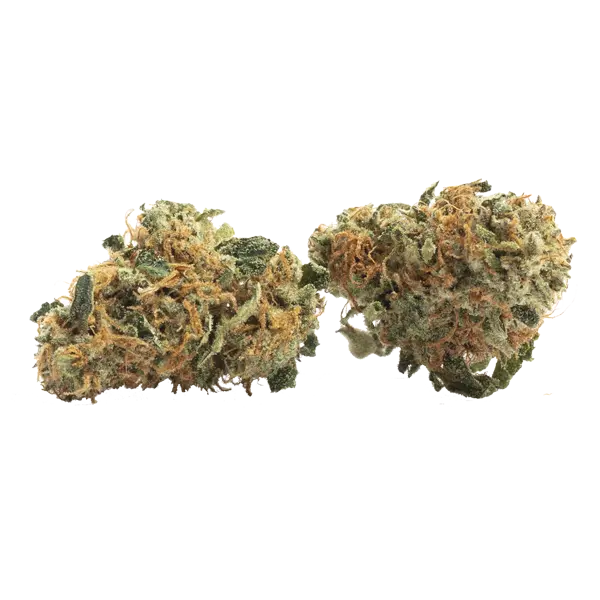
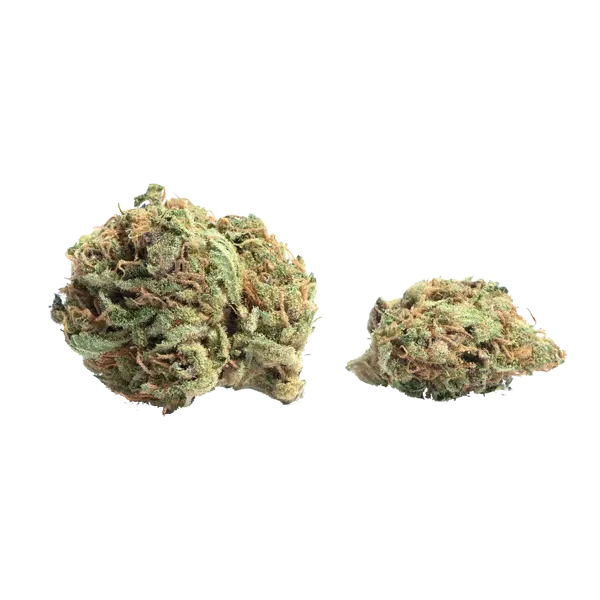
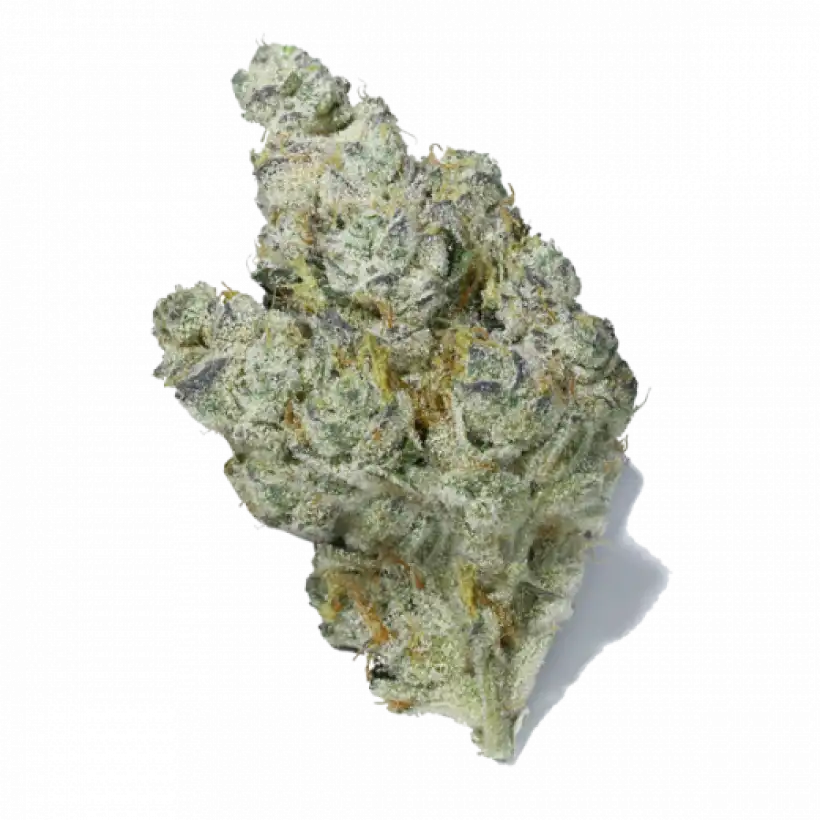

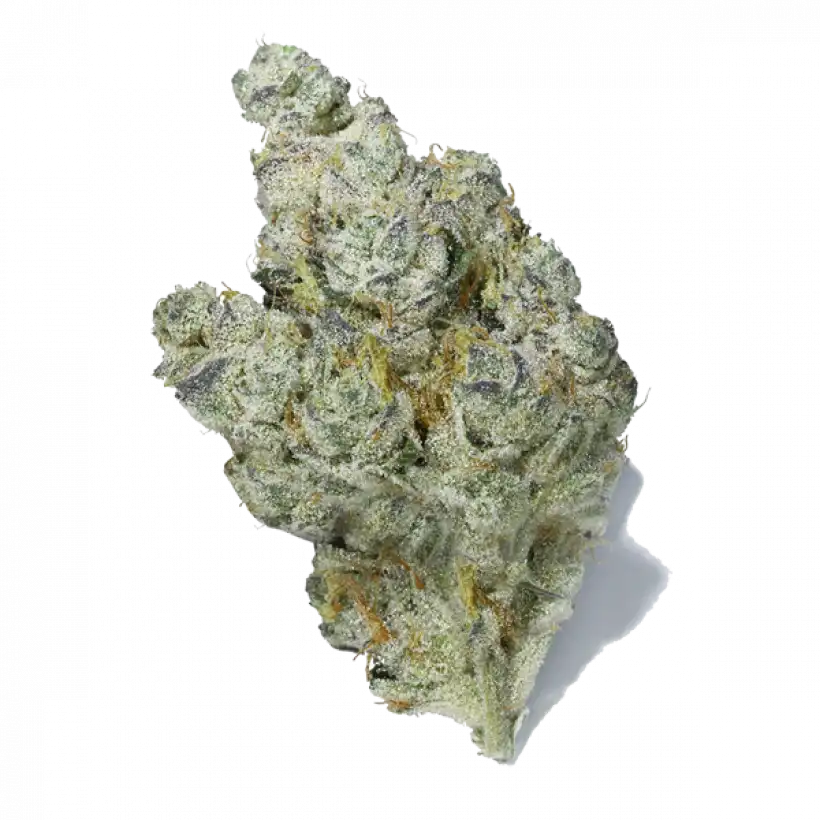


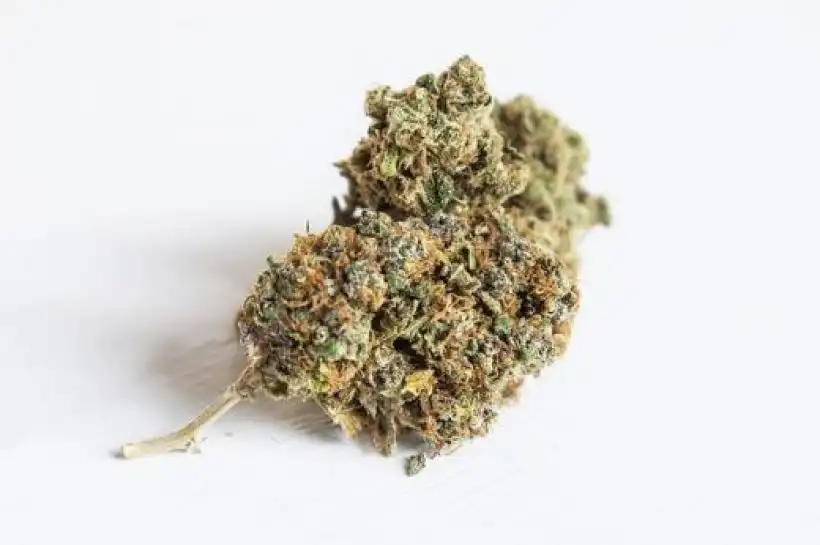


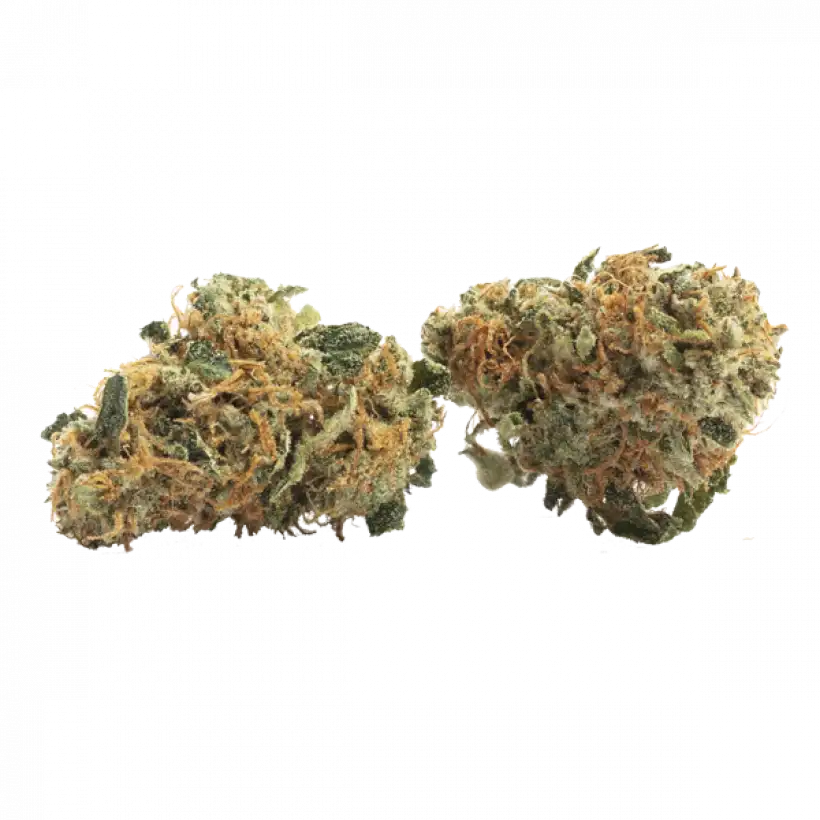

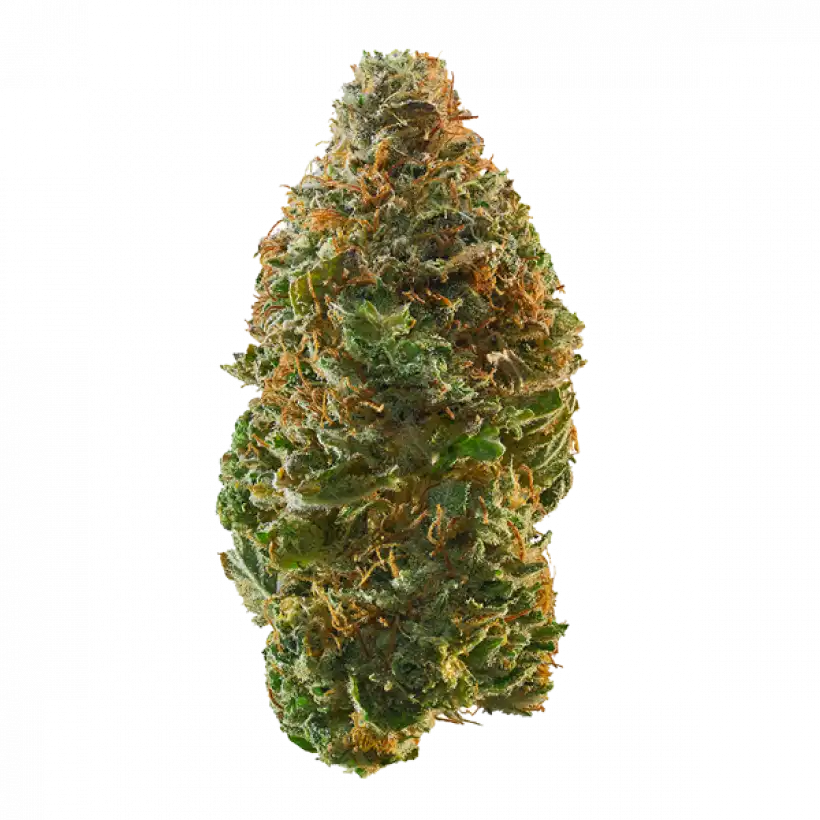
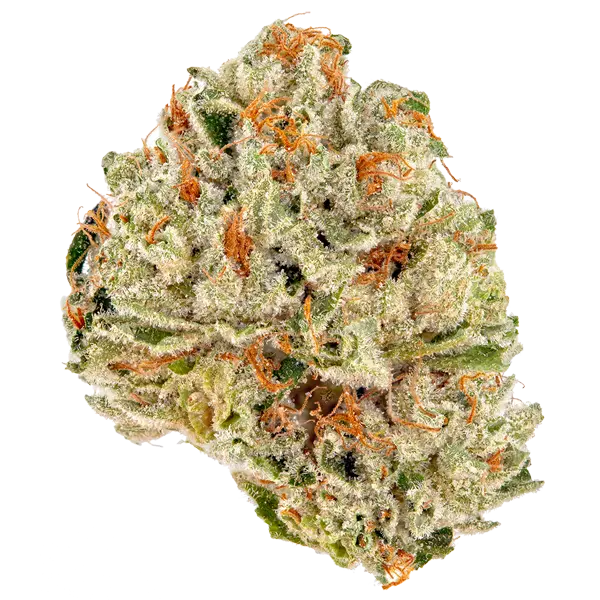
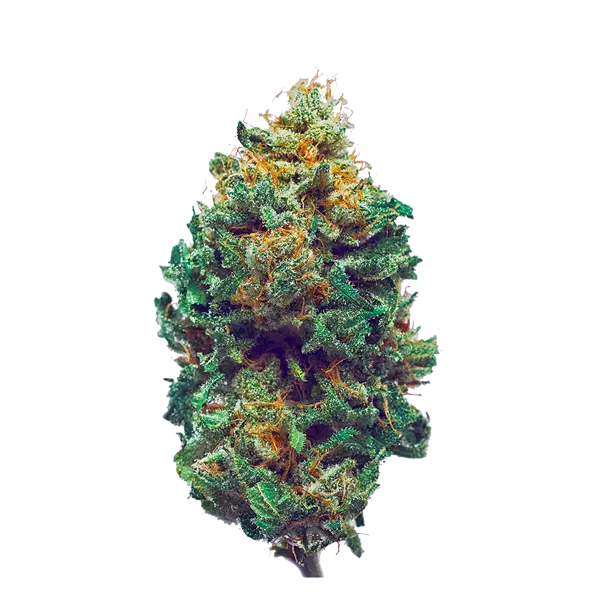
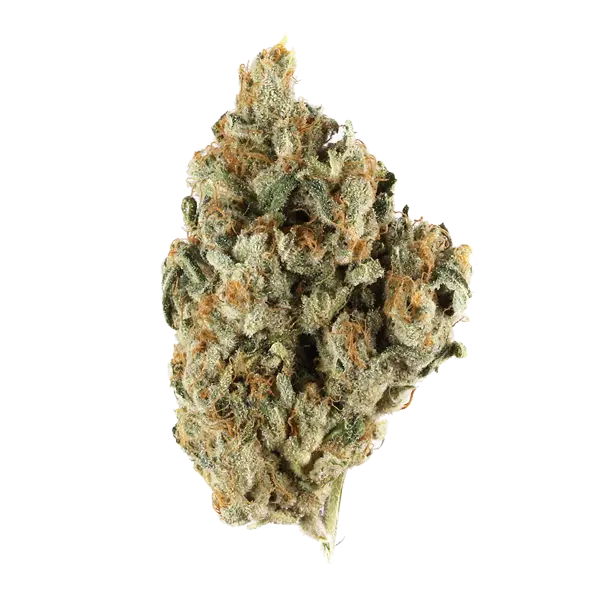

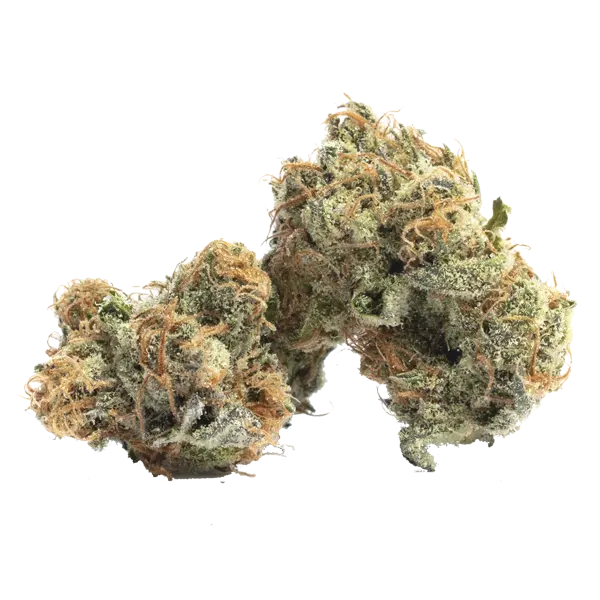
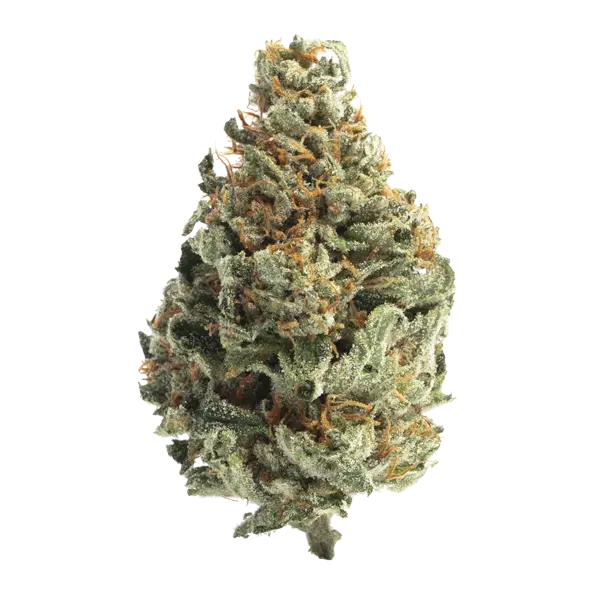
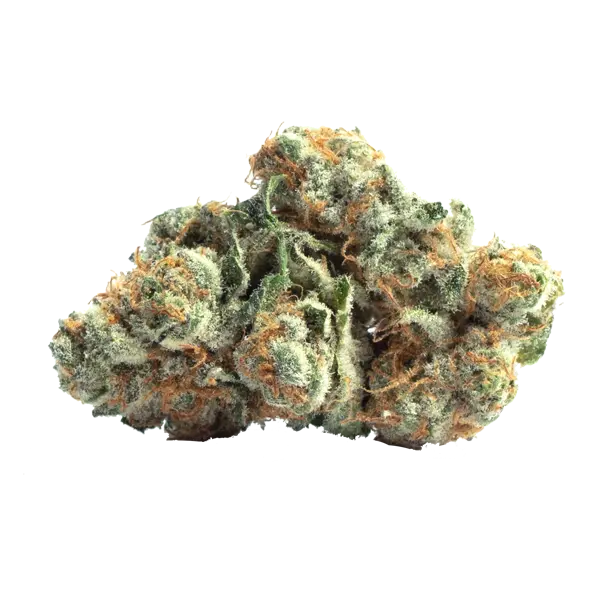
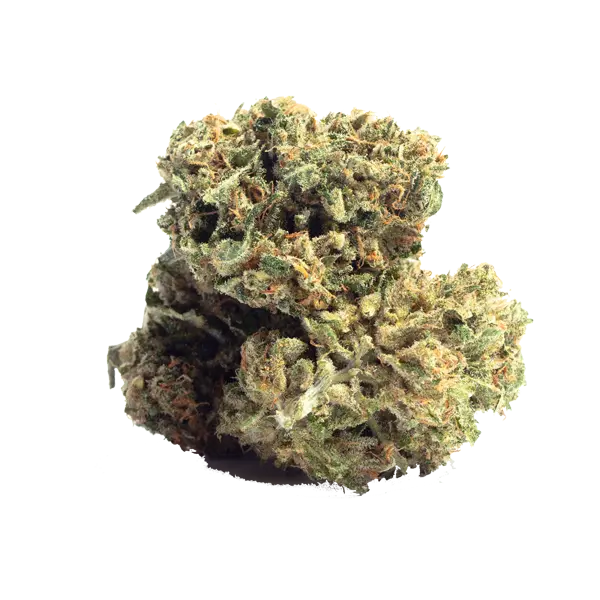
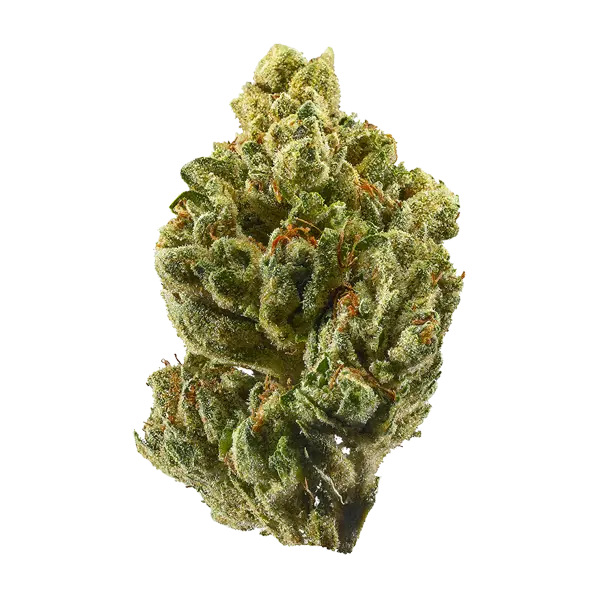
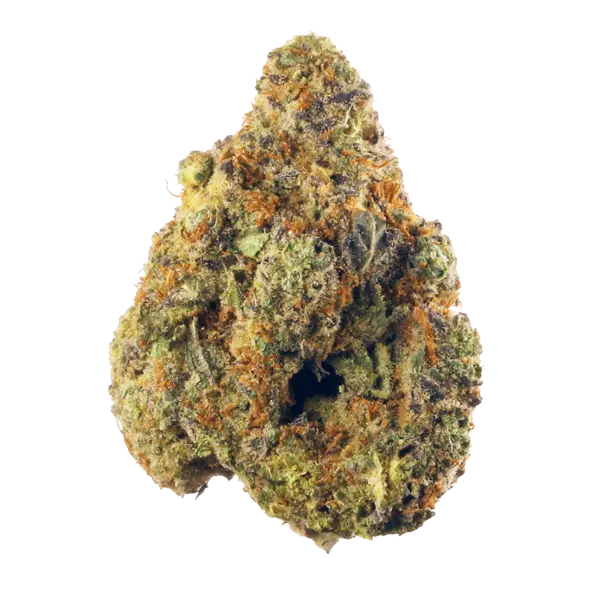
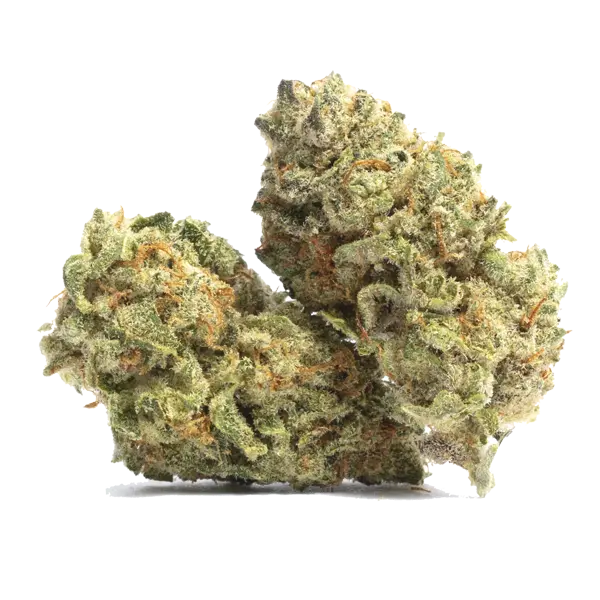
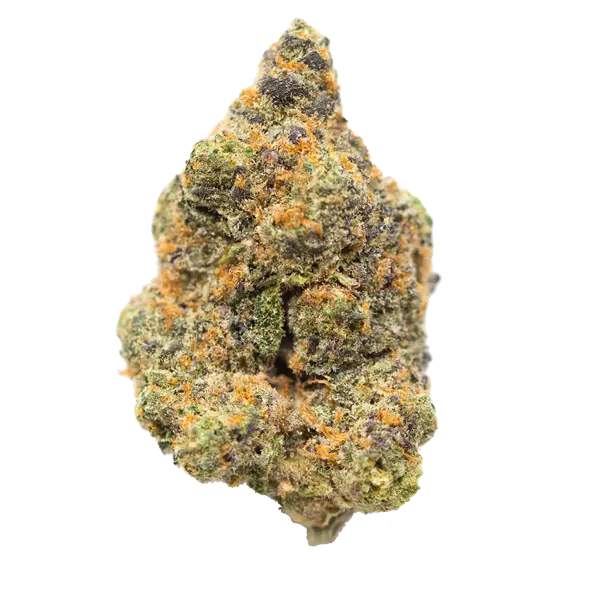
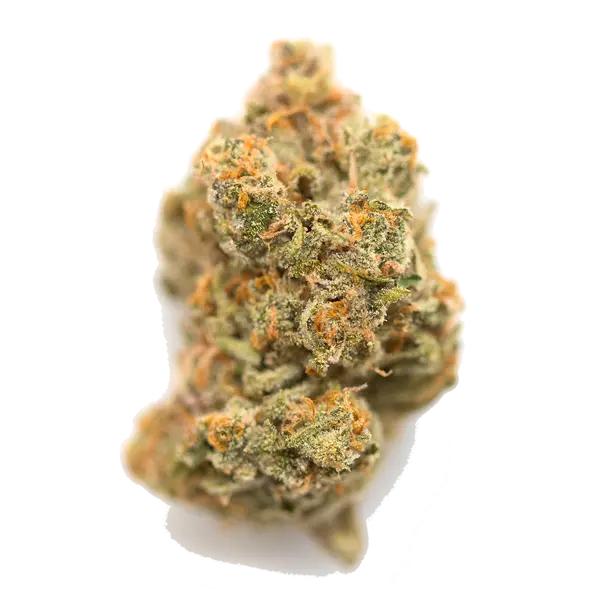
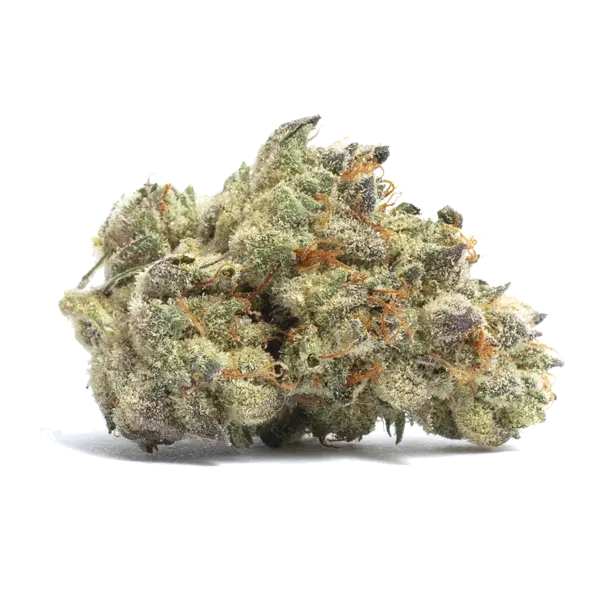
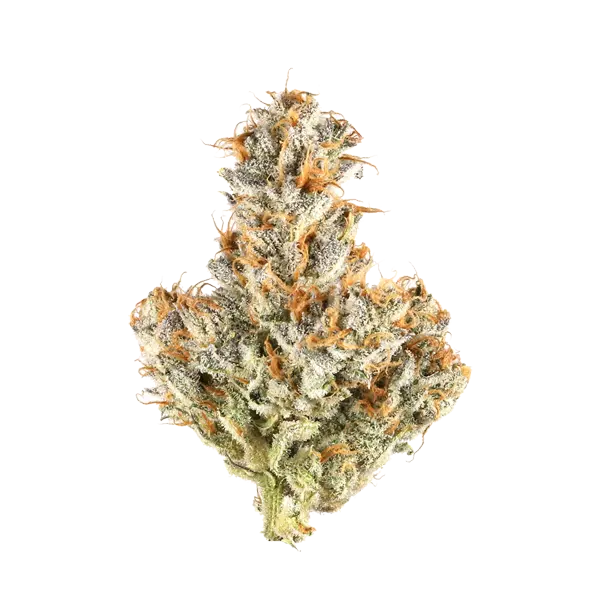
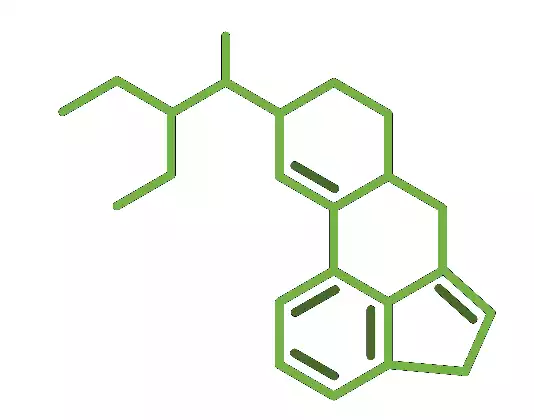

















 Psychedelics in the 20th century – the expansion era
Psychedelics in the 20th century – the expansion era History of Microdosing
History of Microdosing








